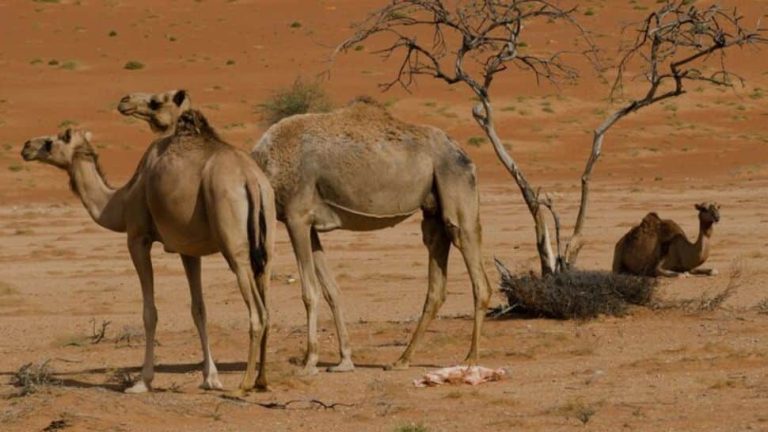Since time immemorial, the camel has had a profound presence and a unique role in the lives of Saudis and in shaping the cultural heritage of the Kingdom. As the national animal of Saudi Arabia and a traditional source of livelihood, the camel supports a vast cultural heritage expressed through the Kingdom's art, crafts, literature and way of life. Throughout 2024, a series of events, exhibitions, programs and educational activities organized by the Saudi Ministry of Culture will highlight camel-inspired activities in many sectors, such as arts, fashion, quality of life, food production, culinary traditions and sustainability. Practices.
The Kingdom’s designation of the Year of the Camel coincides with the United Nations’ declaration of 2024 as the International Year of Camels. The collected confessions emphasize the important heritage and strength of the bond between humans and camelids. Across cultures, the camel has been an integral part of the daily lives of people all over the world. The global focus on celebrating the place of camels in society across geographies also represents an opportunity to highlight their importance to sustainability. As the planet faces the challenges of climate change, food security and fragile biodiversity, the camel, capable of traveling up to 150 kilometers in the desert without water, is an enduring symbol of resilience.
As a symbol of patience, perseverance and adaptation, the camel has been a loyal companion to humans as they adapt to different environmental landscapes. Throughout history, camels have blazed new trails, earning them the nickname ships of the desert. By bridging distances across barren lands, camels connect people from different cultures.
The traditions and heritage that have been shaped by these ancient human interactions with beauty are very deep. Life-sized camel carvings were found in the rocks of the Al-Jawf Desert in the northern region of the Kingdom, dating back 2,000 years. The special oral tradition called “Huda,” inscribed on the UNESCO List of Intangible Cultural Heritage of Humanity, which camel herders use to communicate with these symbolic desert animals and name their herds, represents the strong bond between animal and shepherd. In addition, the traditions of camel racing and beauty pageants instill pride in camel owners and ignite the imagination.
The New Year of Culture provides a unique opportunity to celebrate the cultural importance of camels in Saudi society across generations. Having transcended time as a cornerstone of national identity, the camel represents a vital link between Saudi heritage and modern values and aspirations.
By blending tradition and modernity, the Year of the Camel events will support and highlight the participation of local artists, writers and craftsmen who actively contribute to the preservation and continuity of ancestral traditions associated with camels. This priceless heritage is preserved for future generations by protecting and promoting these cultural practices. It will also provide multiple ways to highlight the Saudis' long history and companionship with camels and will serve as a platform for cooperation and cultural dialogue.
Preserving cultural heritage is key in passing on the ancient legacy and heritage inspired by Saudis’ unbreakable relationship with the camel. Designating Cultural Years provides an important platform to share the greatness and beauty of Saudi Arabia’s culture with local and global audiences. It is an opportunity to celebrate and highlight countless valuable tangible and intangible cultural elements through a series of events and initiatives.

